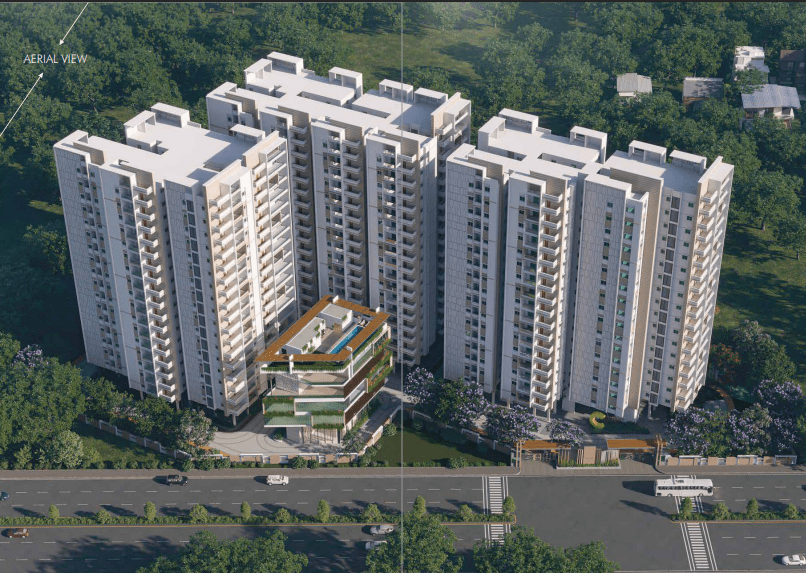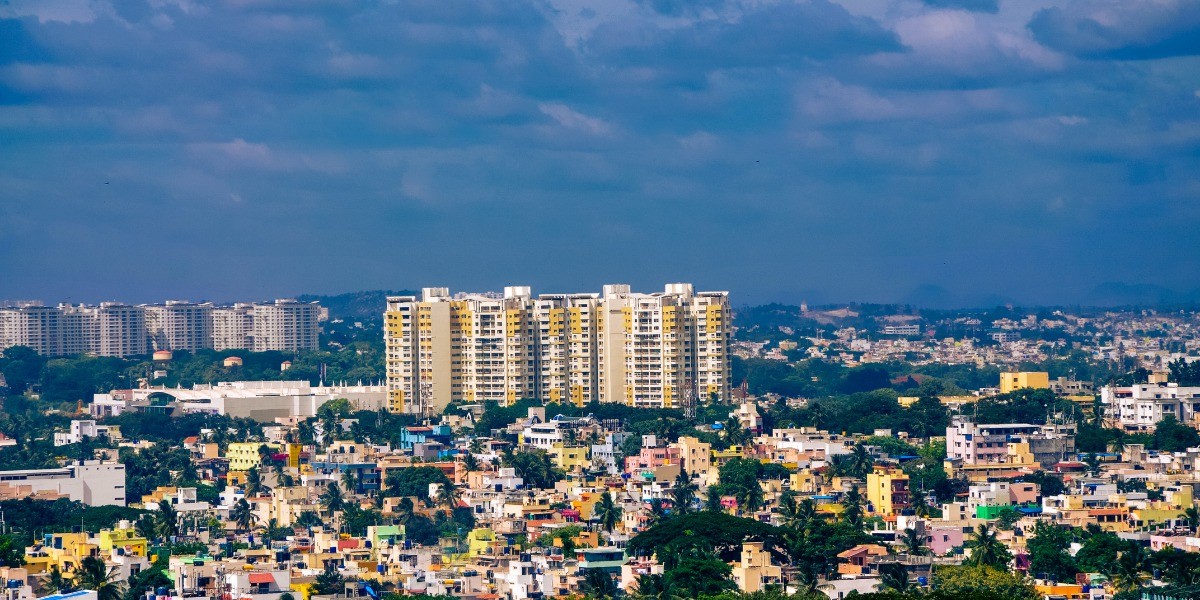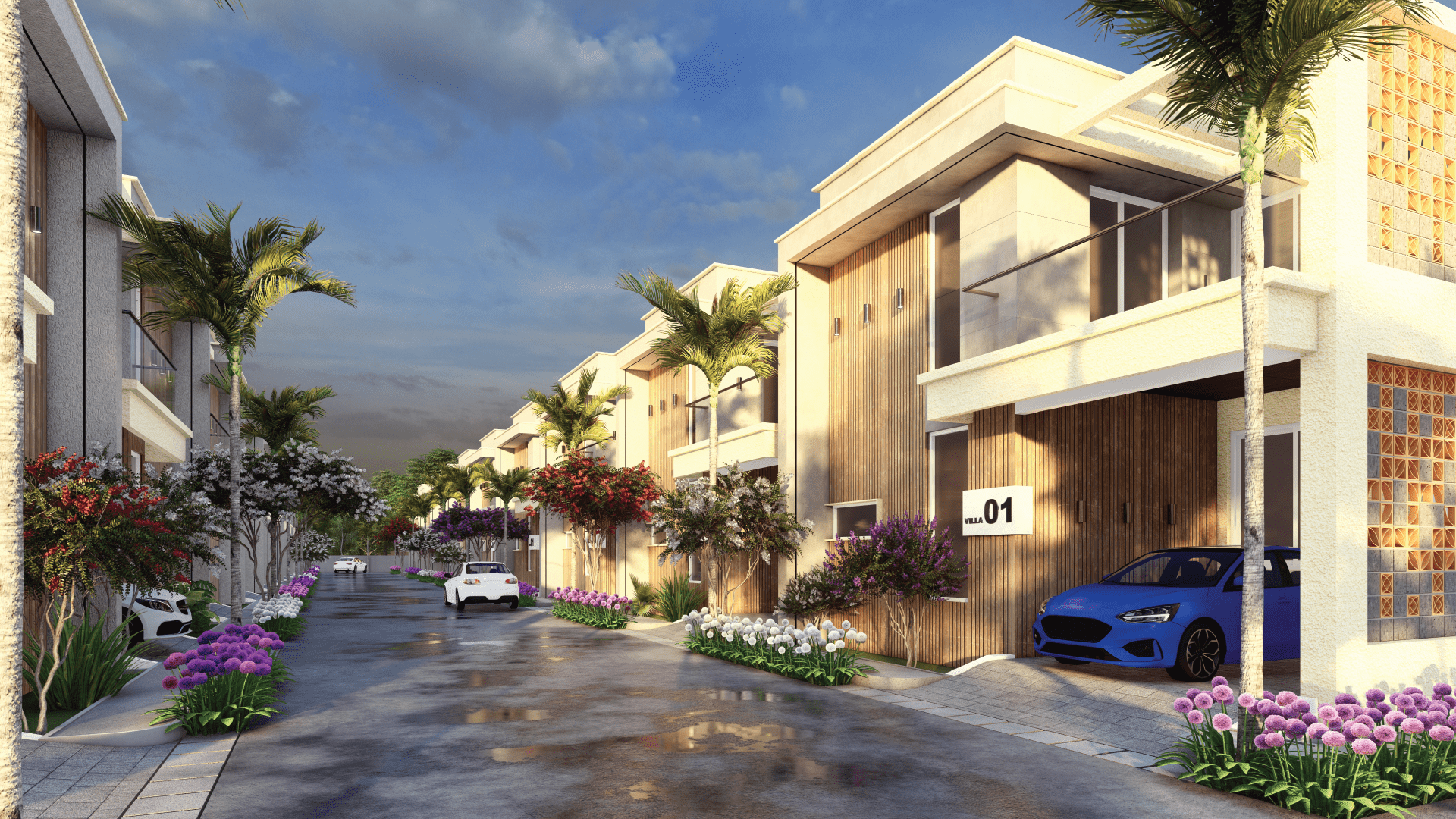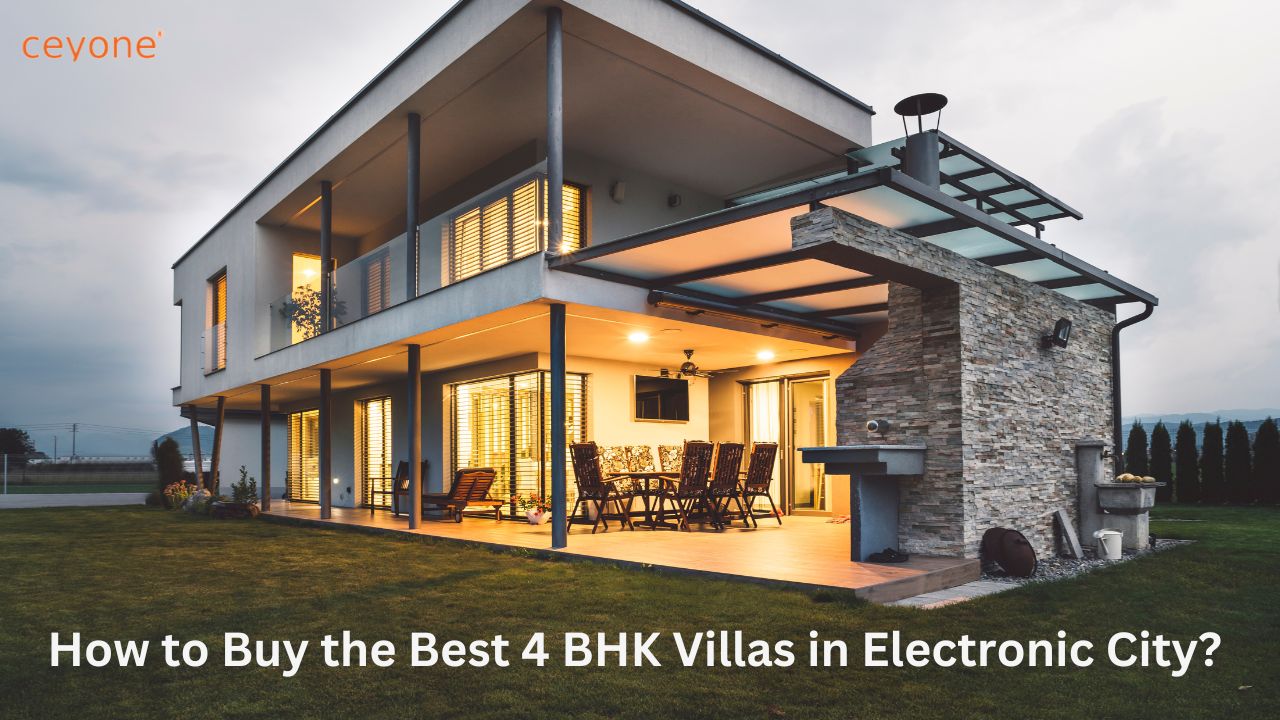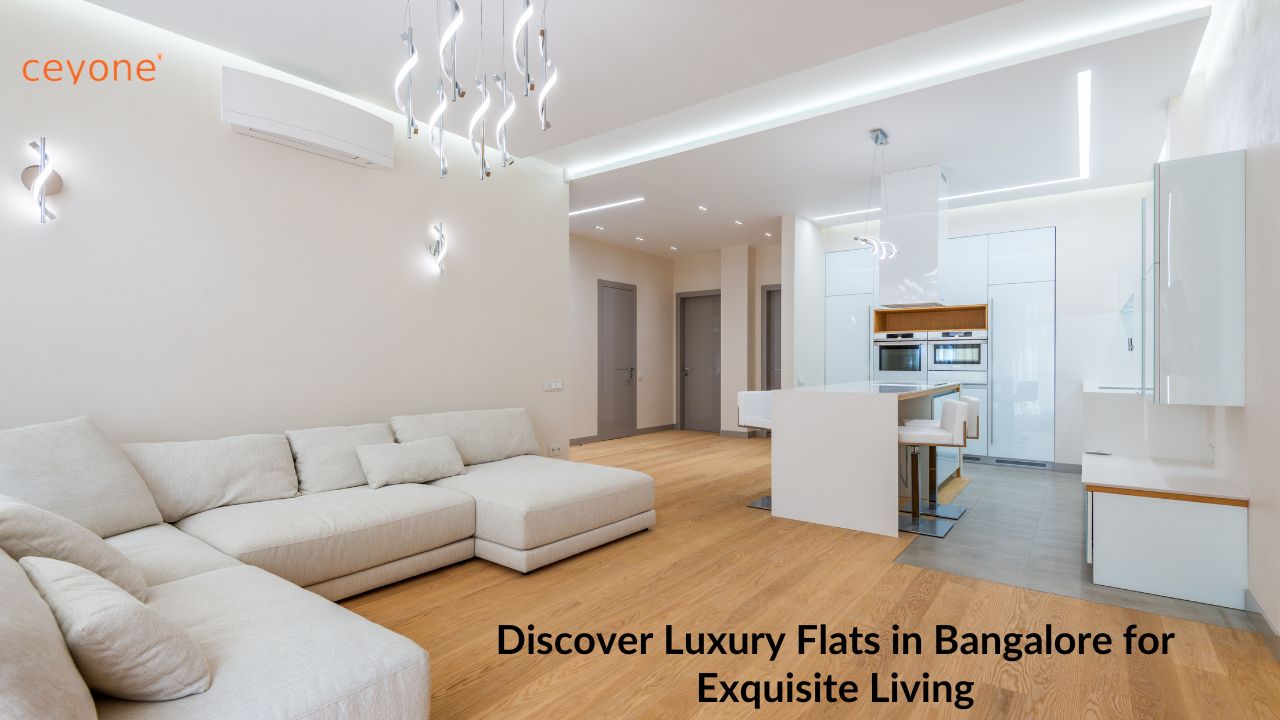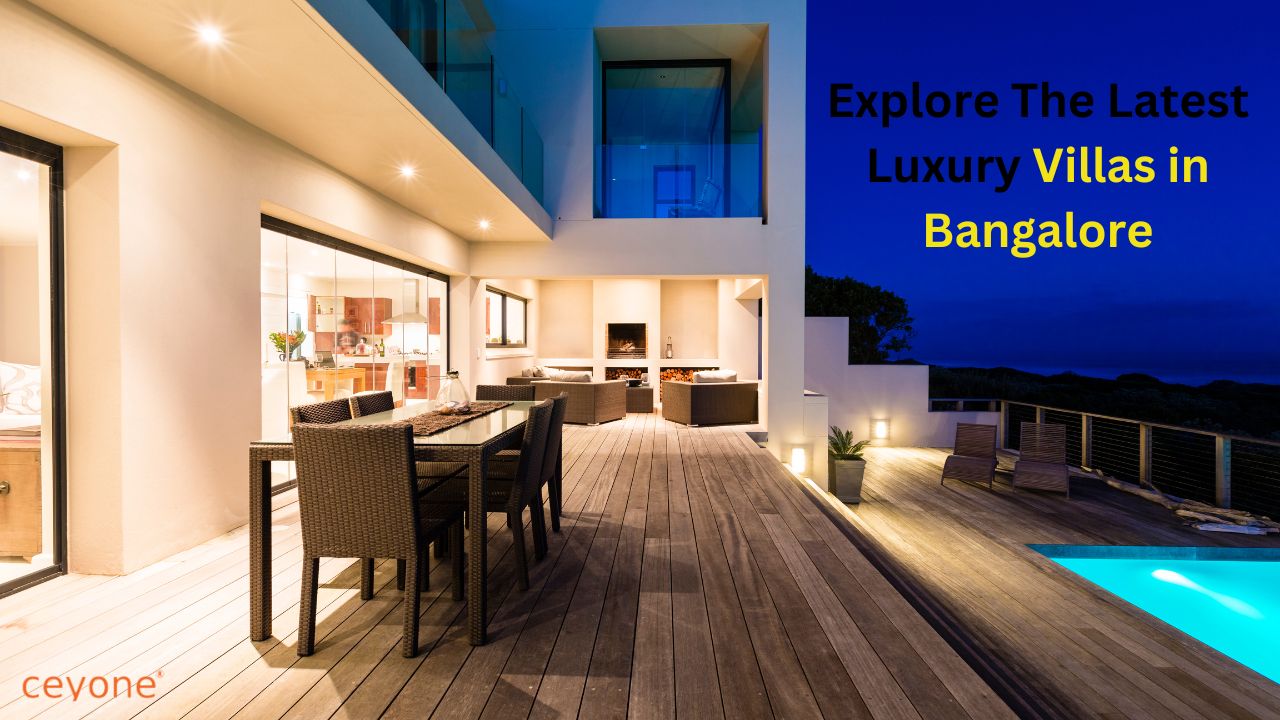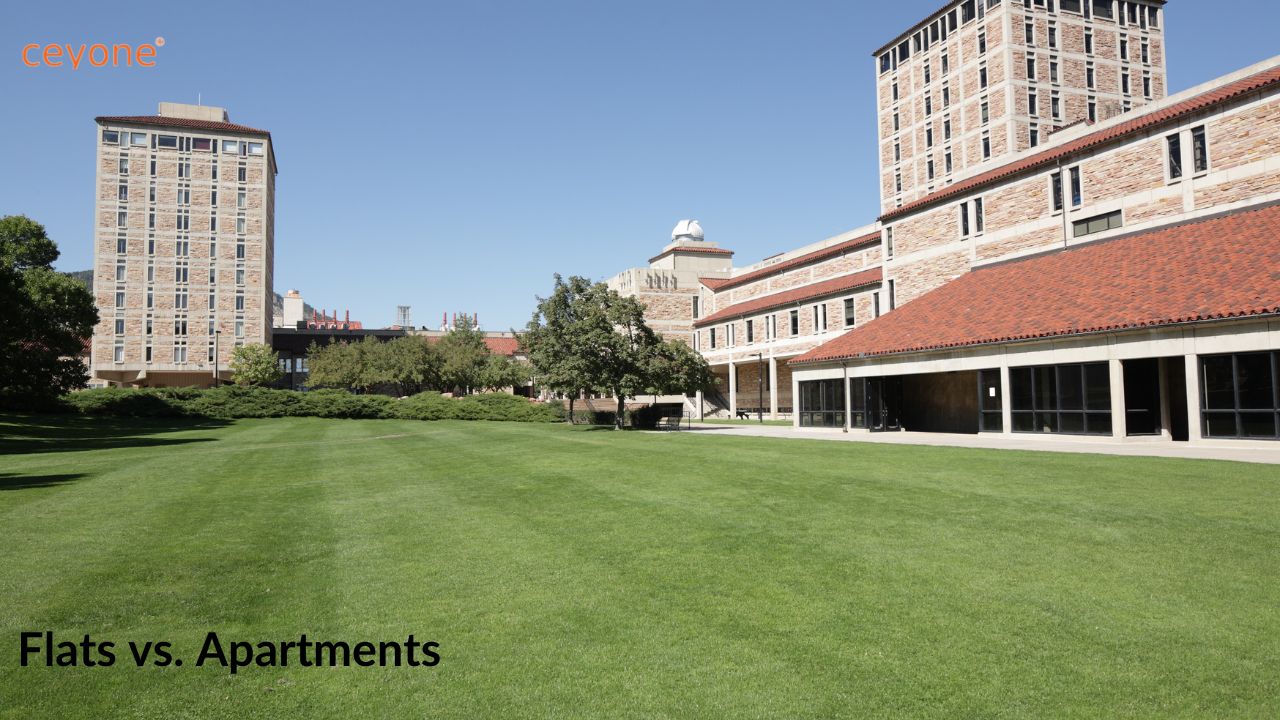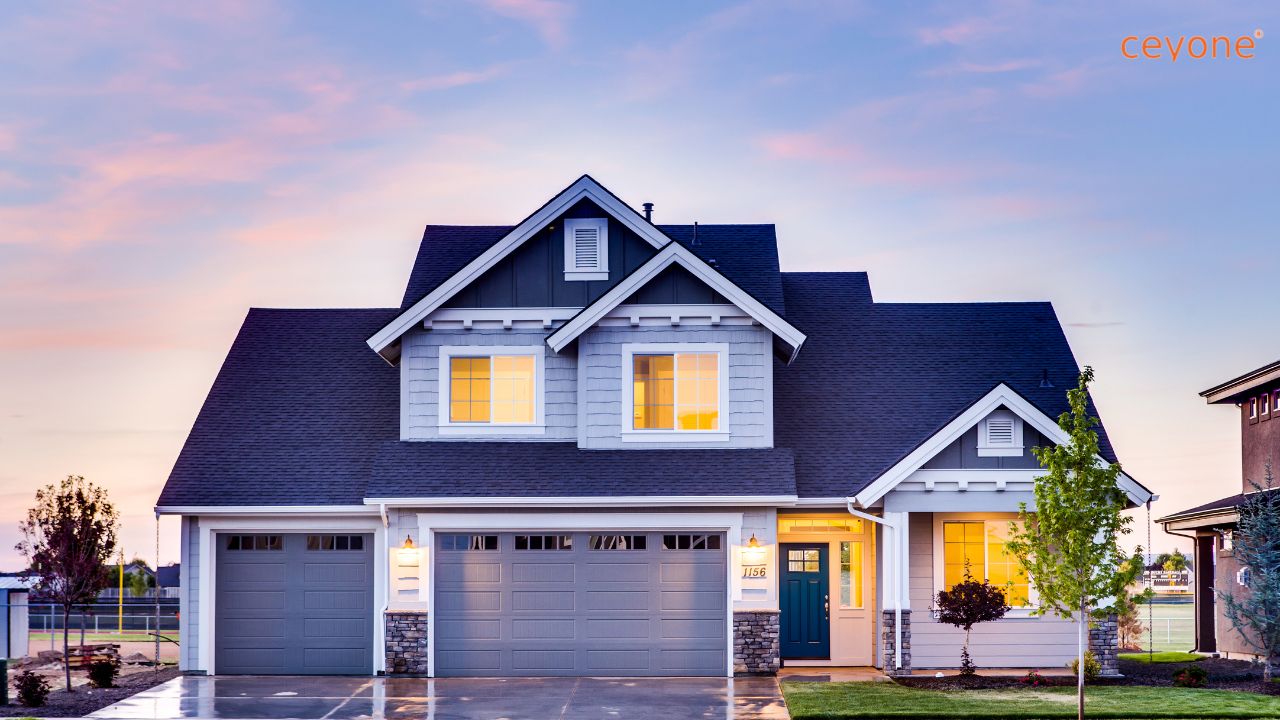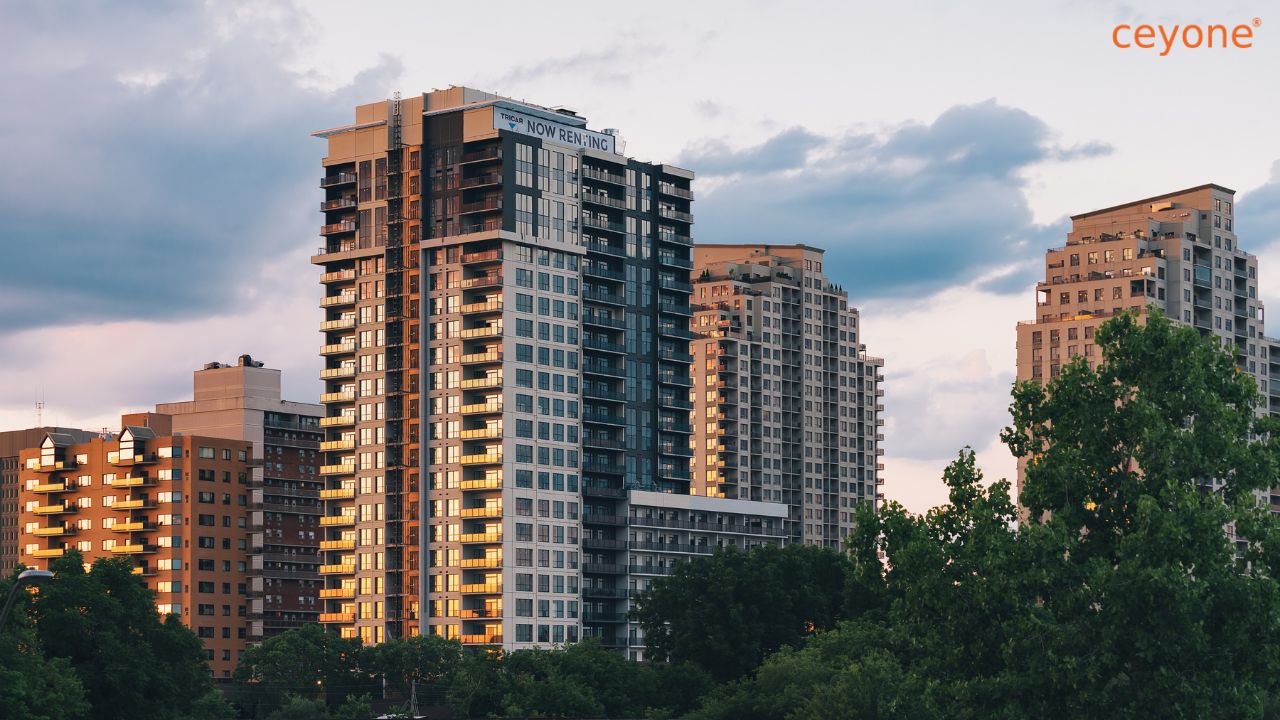How Far is Too Far? The Real Cost of Living on the City’s Edge
Considering living on the outskirts of the city? Discover the hidden costs, advantages, and challenges of moving far from the city center. Learn if it’s the right choice for your lifestyle and budget.
When it comes to buying a home, everyone has a list—budget, size, amenities, and most importantly, location. But what happens when your dream home is a little too far from the city center? In recent years, many homebuyers have been drawn to the city’s edge, lured by bigger spaces, quieter surroundings, and more affordable pricing. But how far is too far? And what does that distance really cost you—not just in money, but in time, energy, and convenience?
Let’s unpack the real price of living on the fringe of the city.
1. The Daily Commute: Time vs Quality of Life
One of the biggest trade-offs of suburban or peri-urban living is the daily commute. You might be saving ₹20–30 lakhs on your property purchase, but if you’re spending 2–3 hours on the road every day, is it really a win?
Long commutes often mean early mornings, late evenings, and a constant battle with traffic. Over time, this can take a toll on your health, family time, and productivity. Unless your workplace or your kids’ school is nearby, the distance may chip away at the very lifestyle you hoped to upgrade.
2. Connectivity and Infrastructure
Living far from the city might also mean slower infrastructure development. Poor roads, limited public transport, fewer hospitals, and lack of basic services can create daily friction. And even if promises of metro expansions or expressways are made, timelines often stretch out.
Before investing, ask:
- How reliable is the current connectivity?
- Are basic amenities (groceries, healthcare, schools) within 15–20 minutes?
- Are there signs of ongoing infrastructure work or is it still on paper?
3. Social Life and Convenience
Urban edges often lack the convenience of buzzing city neighborhoods. Coffee shops, theatres, fine dining, fitness studios, and weekend hangouts might all require a 30-minute drive. Over time, this can lead to social isolation, especially for younger families or professionals who value a dynamic lifestyle.
If a spontaneous dinner with friends becomes a logistical event, you might begin to feel the pinch of distance.
4. Appreciation vs Livability
One of the biggest arguments in favor of city-fringe living is long-term appreciation. And it’s true—many emerging corridors have seen impressive growth over the last decade. But appreciation should never come at the cost of livability.
Ask yourself: Are you buying for end use or purely for investment?
If you plan to live there for the next 5–10 years, day-to-day comfort must take precedence. What good is a 2X property value in 10 years if you’ve had 10 years of lifestyle compromises?
5. The Sweet Spot: Far Enough, But Not Too Far
So, where’s the line? The ideal zone lies in areas that balance space with accessibility. Look for neighborhoods:
- Within 10–15 km of major IT/industrial hubs
- With existing road and metro infrastructure
- That offer schools, healthcare, and essentials within a short radius
- With real, ongoing civic development—not just marketing buzz
These zones offer the best of both worlds: you get the space and serenity of suburbia, without disconnecting from the rhythm of the city.
In Conclusion
Living on the city’s edge isn’t necessarily a bad decision—it just needs to be an informed one. Don’t fall for shiny brochures or artificially low prices without factoring in what your daily life will actually look like. Evaluate the true cost of distance—not just financially, but emotionally and practically.
Because at the end of the day, your home isn’t just an investment. It’s where your life unfolds—morning to night, weekday to weekend. Make sure it adds ease, not strain, to your story. At Ceyone, we understand that every homebuyer’s journey is different. That’s why we curate homes in well-connected yet peaceful locations—so you never have to choose between space and convenience.

